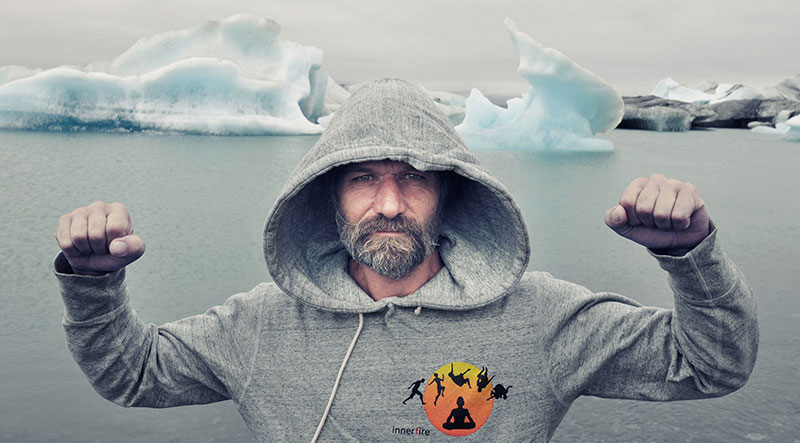The Wim Hof Method, has gained popularity for its physical and mental benefits. But how can we reframe this chilly practice as more than just a test of endurance? Think of cold water not as an adversary but as a partner in resilience. Each time we immerse ourselves in icy water, we engage with nature at its rawest, tapping into a primal part of ourselves that knows how to adapt and thrive in discomfort.
Start with a simple concept: breath. Hof teaches controlled breathing techniques before and during cold exposure, helping us maintain calm and focus. This practice is not just about bracing for impact; it’s about understanding how to harmonize with the cold. The initial shock is inevitable, but after the first moments of resistance, a shift occurs—the body begins to relax, the mind clears, and a sense of invigoration takes over.
Beyond the physiological benefits like boosting circulation and immune function, cold water exposure offers a psychological challenge. In a world where comfort is often prioritized, stepping into discomfort becomes a powerful mental exercise. By deliberately choosing cold water immersion, we train the mind to face and overcome obstacles, fostering resilience that can be applied in everyday life.
By approaching cold water as an invitation to growth rather than something to fear, the Wim Hof Method becomes not just a physical practice but a transformative experience.



